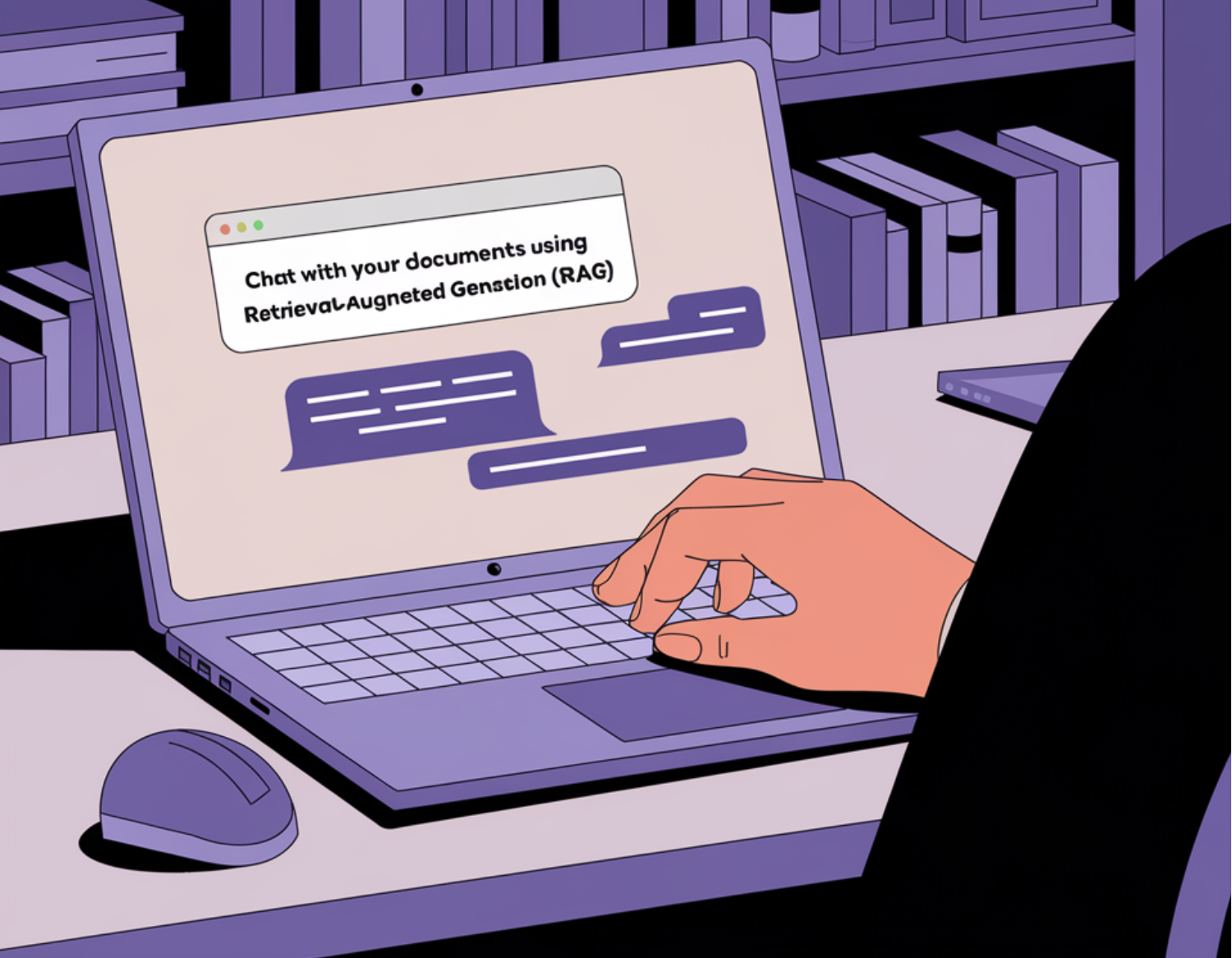
Build Your Own Chatbot for Documents
Imagine having a chatbot that can answer questions based on your documents like PDFs, research papers, or books. With **Retrieval-Augmented Generation (RAG)**, this is easy to achieve. In this guide, you’ll learn to create a chatbot that can interact with your documents using Groq, Chroma, and Gradio.
What You Will Achieve
By following this tutorial, you will have a chatbot that:
- Answers questions from your documents
- Keeps track of the conversation context
- Provides accurate and concise answers
Understanding Retrieval-Augmented Generation (RAG)
Retrieval-Augmented Generation (RAG) combines the strengths of Large Language Models (LLMs) with real-time data retrieval, offering more accurate and relevant responses by grounding information from external sources.
What You Need
- Python Installation: Install Python 3.9 or higher.
- Groq API Key: Create a Groq account and obtain your API key.
- Dependencies: Install the following libraries:
pip install langchain langchain-community langchain-groq gradio sentence-transformers PyPDF2 chromadbSteps to Create Your Chatbot
1. Download a PDF
Use a PDF with relevant information (e.g., on diseases) and save it in your project folder.
2. Extract Text from the PDF
Utilize PyPDF2 to pull text from your PDF. This step makes the document’s content accessible for processing.
3. Split Text into Manageable Chunks
Break the text into smaller parts to facilitate easier handling and retrieval.
4. Create a Vector Store
Store the text chunks in a Chroma vector database, making them easy to retrieve later.
5. Initialize the Groq Language Model
Set up your Groq language model using your API key to enable interaction.
6. Create a Conversational Chain
Link the language model and vector database to allow for conversational queries.
7. Build the User Interface
Use Gradio to create a user-friendly interface for interacting with the chatbot.
Run Your Chatbot
Save your code and run it to launch the Gradio interface, allowing you to chat with your document.
Enhance Your Chatbot
Consider implementing these features for a more robust chatbot:
- Use different vector databases for scalability
- Experiment with fine-tuned models for specific accuracy
- Enable support for multiple documents
- Improve context management for longer conversations
- Design a custom user interface with advanced features
Congratulations!
You have successfully built a document-based chatbot. Keep experimenting and improving to create something extraordinary!
Resources
For more AI-related insights or to start leveraging AI for your business, reach out to us at hello@itinai.com and stay updated through our social media channels.


























